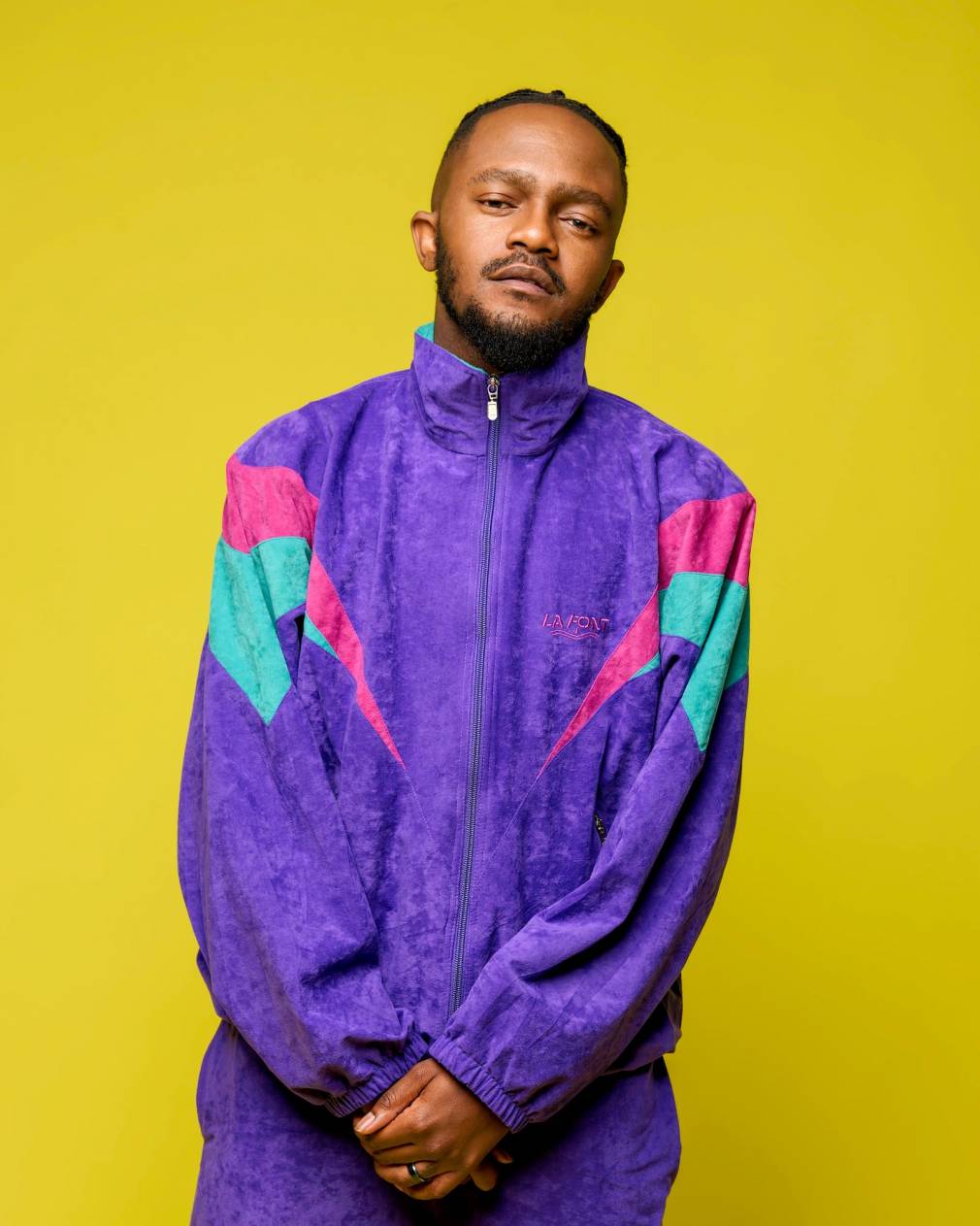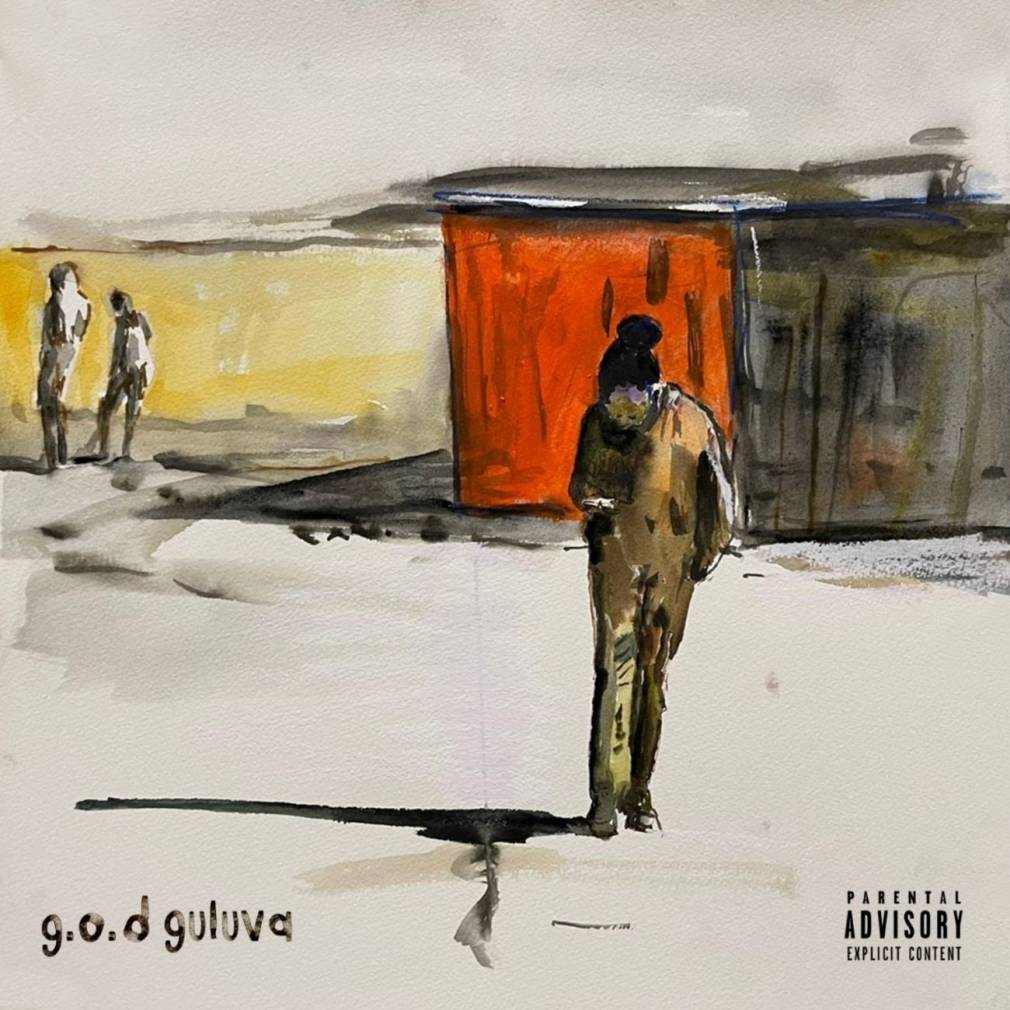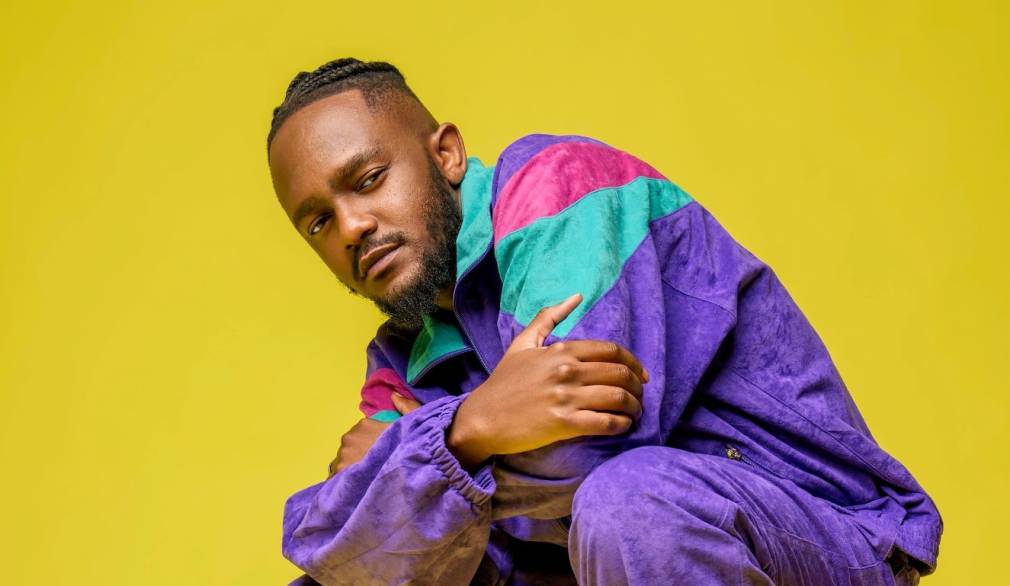It is not easy to interview Kwesta. With a ten-year career under his belt, every possible question has already been asked and answered. The rapper also has a tight schedule between video shoots, album promotion and other music-related activities. But, once you reach out, Kwesta makes the whole process easy: when forced to reschedule our discussion, he sends me a personal message to apologize and set a new date. Once we did sit down, he arrived five minutes early to the Zoom session from his Johannesburg house, looking friendly and relaxed, the noises of his six-month-old baby in the background. How is he feeling? “I’m feeling good man!”, he answers smiling. “Especially now that the album is out and the pressure is finally over.” The last Kwesta album, DaKAR II, came out five years ago in 2016, nothing less than South Africa’s best-selling hip-hop album of all time. The project achieved legendary status, enshrined forever in the African Hip-Hop hall of fame thanks to its incredible list of mainstream hits and street anthems. Yet, the making of the album was risky at the time, for in 2015 Kwesta was only maybe in the “top 15” South African rappers. He remembers this period with a proud smile: “we took on a bigger project than we could. We wanted to make it a double album and we were going to work with so many producers and we may not have had enough money to do this, but we had to do it! So we did. We went deeper in the pockets than what we had. The first CD was more me, just whatever was in my head, showcasing my skills. The 2nd was just literally just hits. DaKAR (2013) had done quite a lot, my name was out there. But when DaKAR II dropped, everything changed, forever. Everything about that album was special. It was just perfect bro.”
DaKAR II did change things, and Kwesta’s pride is legitimate. The success of the album has been twofold: the success of a rapper in a House dominated country, and the success of a man coming from the bottom of the South African social ladder, a township called Katlehong. Dubbed “K1” by its inhabitants, located 28 km south-east of buzzing Johannesburg, the area’s name means “place of success,” an almost defiant statement when considering the dangerous and poor reputation the place holds. When Kwesta tells me about growing up in the township in the 1990s, the immensity of his journey still seems to surprise him. “Growing up in Katlehong… It’s crazy man,” he sighs. “It’s the hood, it’s ghetto. You see the poverty, the struggles in your everyday life. And yet, these struggles are coupled by an immense love that the people have for each other and for themselves. Among the poverty there are people who strive. Dreamers, people who want more and better. That’s why I even dared to dream and become a rapper.” At the time, rapping was not common, nor popular. The hood soundtrack was kwaito, the famous South African House variant, except for some niche Hip-Hop bands: “I started loving hip-hop, the likes of Skwatta Kamp [legendary SA rap group],” Kwesta firmly states. “There was a certain poetry and authenticity to it, I felt represented. As I tried rapping, I wanted to tell stories about the people that I grew up with, but I wanted them to be heard in Sandton [Africa’s richest neighbourhood]. I wanted them to appreciate us as human beings and not just low-class workers.” Back then, the internet was not as prevalent and to achieve his goals, the young Kwesta decided to act within the means at his disposal. Recording music with a call centre mic, he started distributing tapes for free in the streets, until catching the attention of the one-and-only Skwatta Kamp. The band then took him under his wing, bringing him to the radio waves and to live shows. In 2010, he released “Special Rekwest,” his first album, which carried the firm intention of proving to everyone that Kwesta could rap. The project had a fairly good reception, but not enough for an emerging rapper to survive on. “Then, in 2011, I left Skwatta Kamp to be on my own. It was tough, because I restarted from the bottom. We didn’t have a studio nor the money to rent one. And then in 2012 I had my first born! Talk about terrible timing. I was still trying to figure out how to find money and now I had to figure out how to raise a child (laughs)! I used the situation as inspiration. I’m broke, well let me go broker; what do I have to lose? That’s how I overcame the thing. I took empty pockets and searched deeper in them. My daughter moved with her mother to Durban and, in that time, I struck a deal with Sony and I made DaKAR.”

Making hip-hop both local and mainstream was the challenge, and Kwesta, like an entire generation of South African rappers, did it by incorporating House and Kwaito. The success of “Ngud,” a huge hit in 2016, is the best example: rapping on a House beat about local beer and township parties. “Even for me, ‘Ngud’ was a WTF moment,” he says laughing as I tell him how the song was the soundtrack to my high school years. “I thought I was making a song that people from the hood would like, but it was popping in Sandton, upper-class, middle-class, everywhere! The real reason why there wasn’t an album right after DaKAR II is because there was no time to make it. The demand was so crazy… I would just make a couple of songs here and there but I was not really thinking project-wise.” The challenge of “Special Rekwest” was to showcase Kwesta’s rap skills; the challenge of the “DaKAR” series was to get on top; five intense years later, the aim of g.o.d. guluva is “To show that I’m grown, without making it boring.” he answers after a pause. “I’m married now, I have two kids. I want people to see I’m not the same, but still without losing the identity of what Kwesta is to people. Without losing the essence of the kwaito, of the hood, of the rap. So far so good, I don’t think I’ve lost everyone/” The rapper gave a glimpse of his personal evolution and introspection with the track “Who I am,” which raises more questions than answers. “Am I who I wanted to be when I got here? All my stuff is successful but am I really content and happy?I’m getting there, but I don’t know where it’s going or when I’m going to feel like this is it,” he tells me with a confused smile about the track. The best way to understand the rapper’s current mindset is probably through the cover art (made by the famous Nelson Makamo) and the album’s title. “The cover represents a guy leaving the township to fetch a better life. That’s what I wanted to show: someone leaving from a place that should have held him back, understanding that what he needs may not always be where he is. The title ‘g.o.d. guluva’ is really also these two things. The one part, God, is the very grown family guy, looking at things from a higher perspective. The other part, ‘Guluva’ is literally slang for a guy from the slums. That guy is always seen as rough, hardcore. Despite that hardcoreness, the God particle in him allows him to open up and talk about his vulnerabilities and how he can try to fix everything. And it’s ‘g.o.d.’: ‘Ghost Of DaKAR.’ You’re killing the game, that makes you a God, you know what I mean?” he adds, laughing.
Yet, one thing that also stands out from the cover art is the solitude associated with leaving. While Kwesta took his break from music after a unanimous success, g.o.d. guluva’s creation conditions were actually not optimal. “Guys you were working with no longer around, the whole country in lockdown, the industry shot down, your income has been cut…,” Kwesta recalls with a jaded smile. “And then again, as God would have it, the same thing happened when I was making DaKAR: my wife fell pregnant (laughs)! I embraced that we were gonna go to the bottom again. We had to reset, mentally, emotionally and in every way possible. I accepted everything and incorporated it in the music. The pain was embraced and turned into beautiful stuff.” This dualism of darkness and light, in addition to Kwesta’s growth as a human being, is a recurrent theme on the album. Songs like the light-hearted “The Bottom,” the love-filled “Hamba Nawe” or the spiritual “Phuma Sathane” and “Eyes,” all sound like messages of hope coming from the darkest of places. “Things go bad but there’s always a light. Yes it’s bad but you know, go outside bro!”, the rapper laughs. Beyond all these galvanizing duties, Kwesta hasn’t lost anything from his brilliant writing, from the victory anthem “Kubo” to the politically charged “Fire In The Ghetto.” “This song was about highlighting that not a lot changed in regards to opportunities,” he explains. “There were promises of freedom that would cater for everyone but there’s actually a lot more job losses and unemployment. The situation of financial freedom got worse. All these things are happening to the poor people who put the politicians in place, and often you find that the politician is living nicely.” The song also echoes the 1990s – an extremely tense period of South African history known for its huge levels of violence in the townships. Kwesta was six when the country was freed amidst township wars and real fires in real ghettos. Four albums later at the age of thirty two, does he feel like an accomplished man? “I don’t know if I’m accomplished, but what I know is I’m now on a higher level because I’m okay with showing my vulnerabilities. In rap, we want to be seen as badass all the time; I’m now fine without that armour.”
g.o.d. guluva available an all plateforms.
Listen to Kwesta in our Pan African Rap playlist on Spotify and Deezer.





